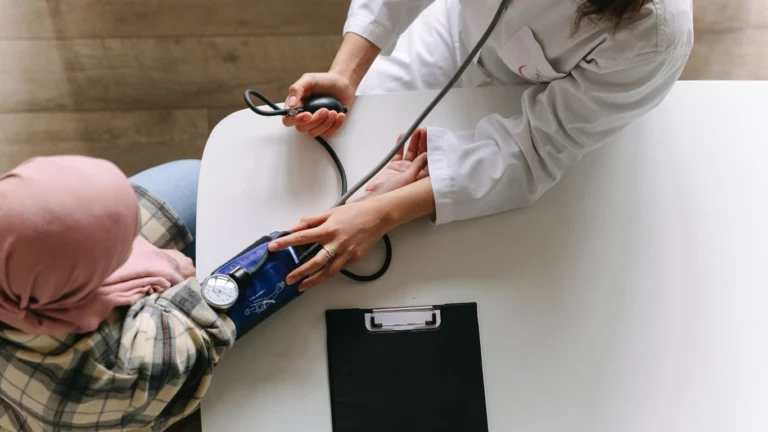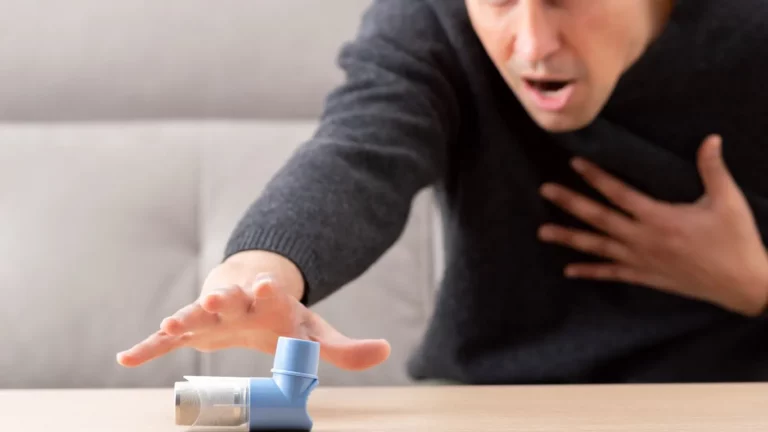How to Talk to Your Doctor About Hypertension Without Feeling Lost
Ever found yourself sitting in the doctor’s office, heart racing a bit—not from high blood pressure, but from not knowing exactly what to say or ask? You’re not alone. A lot of patients I’ve seen over the years hesitate when it comes to how to talk to your doctor about hypertension. It’s not just the medical jargon that throws them off—it’s the worry about being judged, misunderstood, or simply not knowing what matters. As an internal medicine physician who works closely with patients on blood pressure control, I’ve seen just how empowering a good conversation can be for your health. So let’s get real and break this down in a way that’s approachable, practical, and based on real-world clinical experience.
Why Talking to Your Doctor About Hypertension Matters

First things first—why is this even a big deal? Because hypertension, or high blood pressure, is sneaky. It rarely has obvious symptoms, yet it quietly increases your risk for heart disease, stroke, kidney failure, and even cognitive decline. I often tell my patients, “Hypertension doesn’t yell—it whispers.” And if you’re not actively listening and asking the right questions, it can go unnoticed for years.
Here’s the thing: getting an accurate diagnosis and the right treatment plan relies on open, honest communication. But if you walk in unprepared or unsure of what to say, chances are, your doctor might miss something important too. We’re not mind readers (I wish!), and your voice in the room is just as crucial as our stethoscopes.
Start With the Basics: What to Know Before Your Appointment

Preparation makes all the difference. When someone walks into my office with a notepad or even a screenshot of their home blood pressure readings, I already know they mean business. Being proactive shows you’re engaged—and it helps us tailor care to your real life, not just textbook numbers.
- Track your readings: Bring at least a week’s worth of blood pressure logs, ideally taken at the same time each day.
- Write down symptoms: Dizziness, headaches, fatigue, vision changes? Don’t ignore them.
- List medications: Include all prescription meds, supplements, and over-the-counters. Yes, even that magnesium or ibuprofen you take “just sometimes.”
- Document lifestyle habits: Be honest. How often are you exercising? What’s your salt intake like? How’s stress management going?
- Prepare your questions: Jot down anything that’s unclear or worrying you—no question is too small.
I had a patient recently—let’s call her Maria—who came in frustrated because her numbers were all over the place. We sat down, reviewed her daily habits, and realized her favorite “heart-healthy” soup had nearly 900mg of sodium per serving. Boom. Problem spotted. We wouldn’t have figured that out without a real conversation.
What to Say: Phrasing That Gets You Better Answers

Not sure how to phrase things during your visit? You’re definitely not alone. Sometimes, just shifting the way you ask something can totally change the type of answer you get.
Try starting with these:
- “I’ve been tracking my blood pressure at home, and I noticed a pattern…” – This shows initiative and gives your doctor a place to start analyzing.
- “I’ve heard about white coat hypertension—how do I know if that’s me?” – Great question that opens the door for at-home monitoring discussions.
- “Is this number okay for someone my age and lifestyle?” – Personalizes the conversation beyond generic targets.
- “What would you recommend if I want to try lifestyle changes before adding meds?” – Shows openness but also some preference, which we as docs respect.
- “Can we talk about side effects of the medication I’m on?” – Signals you’re tuned in and want to collaborate, not just comply.
One of the biggest things I emphasize to my patients is this: you’re the expert on your body. I might know the medicine, but only you know how you feel day to day. The more clearly you can express that, the more precisely we can respond.
Breaking the Ice: If You’re Feeling Nervous or Intimidated

Let’s be real—talking to any doctor can feel intimidating. I still remember my first visit to a new primary care doc after med school. Yes, even physicians get nervous on the patient side! But here’s a trick I share with folks who feel overwhelmed: treat your visit like a two-way street. It’s a collaboration, not a lecture.
If you’re feeling shy or uncertain, try opening with:
- “I’ve been reading about hypertension and wanted to understand more about my own numbers.”
- “I sometimes get anxious in doctor’s offices and might forget things—can I share my notes with you?”
- “I’m trying to take better care of my health, and I’m not sure where to start—can you help me prioritize?”
Starting with vulnerability often leads to deeper trust. From my side of the exam table, I appreciate when patients open up. It helps me do my job better—and more importantly, it helps you get the care you actually need.
Understanding What Your Doctor Is Really Saying
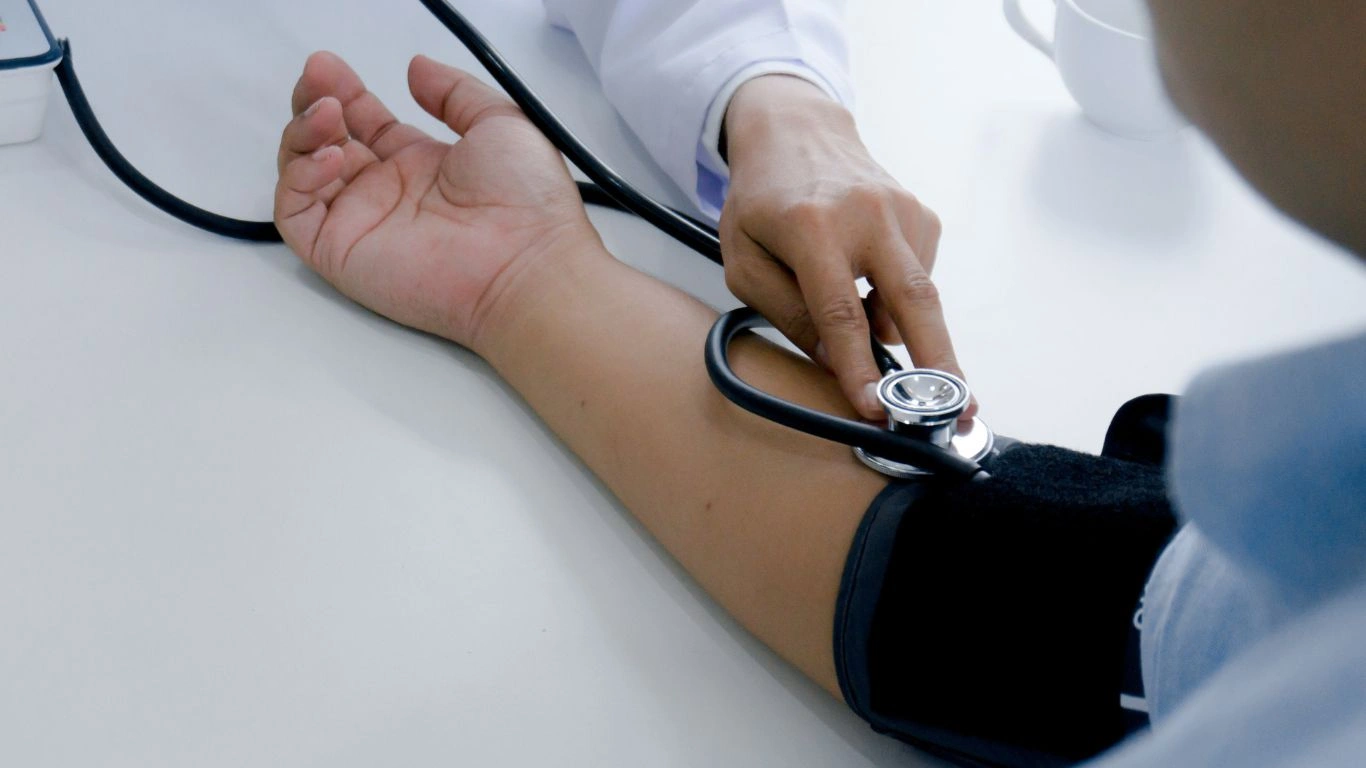
Alright, so you’ve made it to the appointment, you brought your notes, you asked great questions—but now your doctor starts throwing out terms like “stage 2 hypertension,” “systolic variability,” or “target organ damage” and you’re trying to keep up without looking like a deer in headlights. Been there. Even as a physician, I’ve had colleagues casually drop acronyms in consults and I’m like, “Wait, slow down—what’s that again?”
So here’s a quick breakdown of some common terms we use when talking about blood pressure. Keep this in your back pocket:
- Systolic vs. Diastolic: Systolic is the top number (pressure when your heart pumps), diastolic is the bottom (pressure when your heart rests).
- Normal BP: Less than 120/80 mmHg.
- Elevated: Systolic 120-129 and diastolic under 80. Not high yet, but close.
- Stage 1 Hypertension: 130-139 systolic or 80-89 diastolic.
- Stage 2 Hypertension: 140+ systolic or 90+ diastolic. This is where we often start treatment discussions.
- White Coat Hypertension: Higher readings in clinic than at home due to anxiety or stress in a medical setting.
One thing I tell my patients all the time: “If you don’t understand something, stop me.” You have every right to ask your doctor to explain things in plain English. In fact, I encourage it. Because the more you understand, the better choices you can make. No shame in slowing us down.
How to Talk About Lifestyle Without Feeling Judged
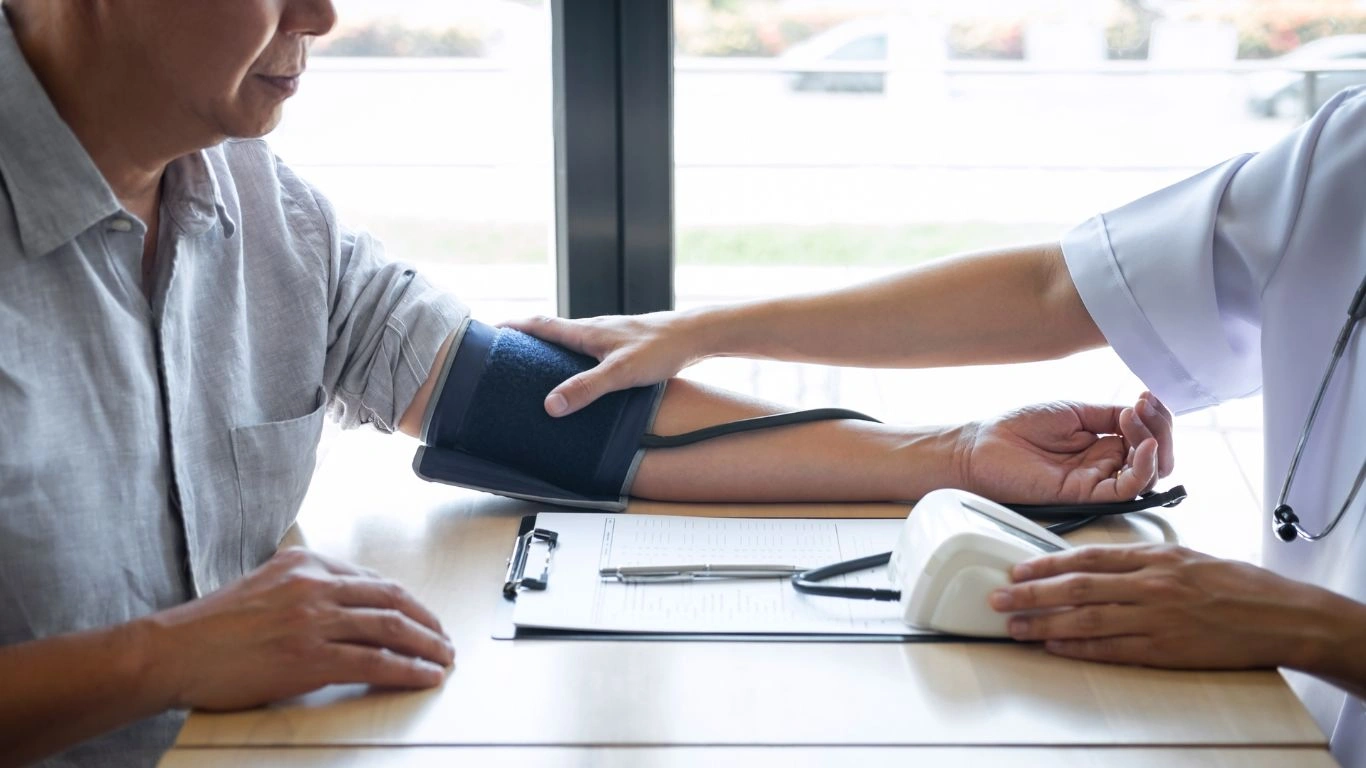
This one hits close to home, especially in primary care. So many people hesitate to talk honestly about their diet, activity level, or even stress because they’re afraid of being scolded. But here’s a secret—most of us doctors aren’t looking to lecture you. We’re looking to partner with you.
I remember one patient—let’s call him James—who always insisted he was eating “pretty healthy.” But when I asked for examples, he admitted his breakfast most days was coffee and a sausage biscuit. No judgment—I actually thanked him for being real. That gave us a place to start.
Here’s how to approach these topics so they feel less intimidating:
- Use “I’m working on…” instead of “I know I should…” – It changes the vibe from guilt to growth.
- Be specific: “I’ve been walking 10 minutes every evening” is more helpful than “I’m trying to be more active.”
- Ask for small wins: “What’s one change I can make this week that would help my blood pressure?”
And if your doctor makes you feel bad instead of supported? That’s a red flag. You deserve care that’s compassionate and collaborative. Don’t be afraid to speak up—or even seek another opinion if needed.
Discussing Medications: Side Effects, Concerns, and When to Speak Up
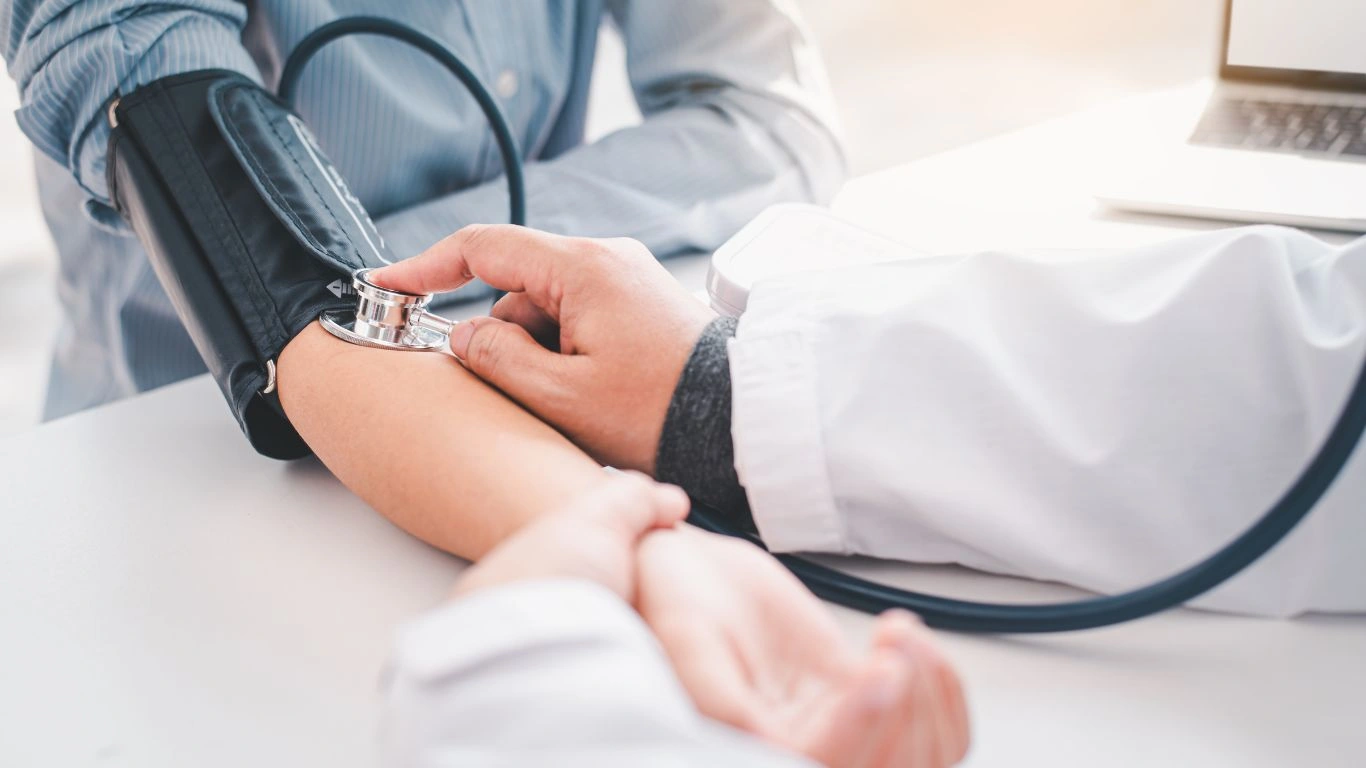
Now let’s talk about meds. Because let’s face it—when you hear you might need a blood pressure pill, the first thoughts are usually: “Will I be on this forever?” and “What if it makes me feel worse?” Totally valid concerns. And as a prescribing doc, I actually love when patients bring these up early on.
There’s no one-size-fits-all medication. Some people feel great on ACE inhibitors; others get that annoying dry cough. Diuretics might work wonders for someone with swelling but could cause frequent bathroom trips. This is why honest feedback is critical.
What you should absolutely bring up:
- New or worsening fatigue, dizziness, or lightheadedness.
- Persistent cough or throat irritation.
- Changes in mood, libido, or sleep patterns.
- Increased urination that interferes with daily life.
- Concerns about cost, refills, or taking multiple meds.
I often tell my patients, “You wouldn’t keep driving a car that rattles and smells weird—don’t ignore weird signals from your meds either.” There are always options, and you have a say in the treatment plan. Shared decision-making isn’t just a buzzword—it’s how medicine should work.
When You’re Not on the Same Page: Advocating for Yourself Without Conflict

Sometimes, no matter how well you prep or how much you ask, you still feel unheard. I’ve had patients come to me after seeing other providers who dismissed their symptoms or rushed the conversation. It happens, and it’s frustrating. But you’re not powerless here.
Try these phrases if you’re not feeling heard:
- “I understand your point, but I still have some concerns—can we talk through them?”
- “I’m not comfortable starting this medication yet. Can we revisit other options first?”
- “I don’t feel we’re on the same page—could I get a second opinion?”
As a physician, I’d rather hear your hesitation upfront than have you leave confused or non-adherent. Open dialogue prevents miscommunication and ultimately leads to better outcomes. Your voice matters every step of the way.
Stay tuned for more strategies on managing hypertension holistically and making the most of every visit. We’ll dig deeper into lifestyle tools, technology, and ongoing follow-up tips next.
Leveraging Tech and Tools to Monitor Hypertension at Home

So we’ve covered communication, medication, and navigating the sometimes awkward doctor-patient dynamic—now let’s bring it home. Literally. One of the best ways to stay ahead of hypertension is to monitor your blood pressure at home. I’m a big fan of home monitoring, and I encourage almost all my patients with elevated numbers to do it.
In fact, I once had a patient, Rick, who consistently had readings over 145/90 in the office. We suspected white coat hypertension. After a week of home monitoring, his numbers hovered closer to 125/78. That totally changed our approach. No unnecessary meds, no stress—just better data.
When choosing a home BP monitor, keep these tips in mind:
- Go automatic: Look for an upper-arm cuff (not wrist) that’s validated for accuracy.
- Stick with brands approved by your doctor or listed on sites like the NIH.
- Log consistently: Two readings in the morning and evening for 5-7 days gives us a solid picture.
- Don’t take it after coffee or exercise—give yourself 5 minutes of quiet rest first.
Some monitors now sync with apps, letting you track trends, set reminders, and even send reports directly to your doc. If tech overwhelms you, no worries—a good old notebook still does the trick.
Holistic Lifestyle Strategies That Actually Work
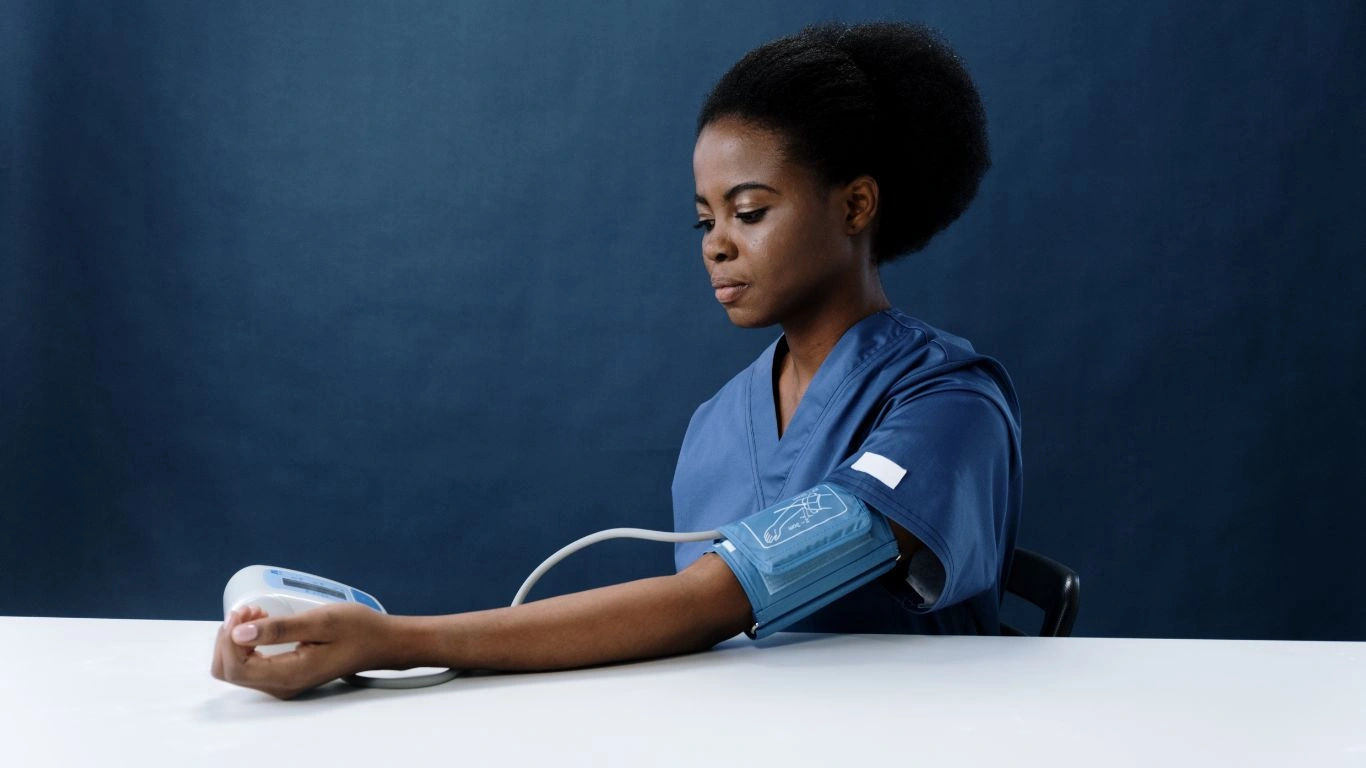
Let’s talk about lifestyle. Yes, you’ve heard it before: diet, exercise, reduce stress—but let’s get more specific, and practical. Because telling someone to “eat less salt” is pretty vague. I prefer to frame it as “what can you add to your routine that helps your blood pressure go down?”
Here are some high-impact habits I often recommend—ones I’ve seen work again and again in real life, not just theory:
- Swap salt for flavor: Use herbs, spices, garlic, and vinegar instead of the salt shaker. Start small. One of my patients began using lemon juice on veggies and cut 800mg of sodium a day without realizing it.
- Embrace the DASH diet: DASH stands for Dietary Approaches to Stop Hypertension. Think leafy greens, berries, nuts, beans, and low-fat dairy. It’s not about perfection—it’s about direction.
- Move your body regularly: You don’t have to join CrossFit. Even a brisk 30-minute walk five times a week can lower BP by 5-10 points. I walk with my own patients sometimes—yes, in scrubs and sneakers!
- Cut back alcohol, caffeine, and processed snacks: These sneak into your day more than you think. Keep a simple food log for a week—you might be surprised where the sodium and stimulants add up.
- Sleep and stress: Never underestimate their power. Chronic stress can spike your numbers. Try breathing exercises, short meditations, or simply unplugging before bed. If sleep’s an issue, bring it up with your doc—it’s part of the puzzle.
Hypertension isn’t about blame. It’s about patterns. And the great news? Patterns can change.
Follow-Up Matters: Keeping the Conversation Going
One last thing—don’t let the conversation end with one visit. Managing blood pressure is a marathon, not a sprint. Follow-ups are key. That’s where we adjust the plan, track progress, and, most importantly, keep you supported.
Ask your doctor how often you should check in. If your readings are improving, great—we keep the momentum. If they’re not, we problem-solve. That ongoing dialogue can be the difference between controlled and uncontrolled hypertension.
Keep a running list between visits:
- Questions about medication or side effects
- Notable lifestyle changes (weight loss, new exercise routine, quitting smoking)
- New symptoms or patterns (like headaches, fatigue, vision changes)
- Barriers to following the plan (time, finances, motivation)
And hey, if you ever feel rushed in a visit? Let your doc know you need a longer appointment next time or ask if there’s a nurse or pharmacist in the clinic who can spend more time with you. Care is a team effort.
Final Thoughts: Your Health, Your Voice
If there’s one thing I hope sticks with you after reading this—it’s that you don’t have to be a medical expert to take charge of your blood pressure. You just have to be willing to ask, speak up, and stay curious.
I’ve seen patients turn their numbers around simply by being consistent with lifestyle changes, sticking with checkups, and refusing to settle for one-size-fits-all care. And every time, it starts with a conversation. You’ve got more power than you think—use it at every visit.
Hypertension may be common, but it doesn’t have to control your life. Talk to your doctor. Keep talking. And never stop learning how to advocate for your own health.
References
- National Institutes of Health (NIH)
- Health.com
- Centers for Disease Control and Prevention (CDC)
- Mayo Clinic
- American Heart Association
Disclaimer
This article is for educational purposes only and should not be taken as medical advice. Always consult with your healthcare provider before making any changes to your medication, diet, or health routine. The information provided is based on general internal medicine experience and current best practices as of the date of publication.

Dr. Gwenna Aazee is a board-certified Internal Medicine Physician with a special focus on hypertension management, chronic disease prevention, and patient education. With years of experience in both clinical practice and medical writing, she’s passionate about turning evidence-based medicine into accessible, actionable advice. Through her work at Healthusias.com, Dr. Aazee empowers readers to take charge of their health with confidence and clarity. Off the clock, she enjoys deep dives into nutrition research, long walks with her rescue pup, and simplifying medical jargon one article at a time.

